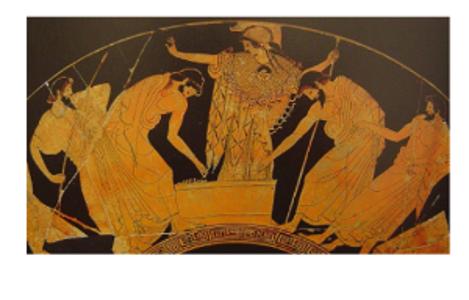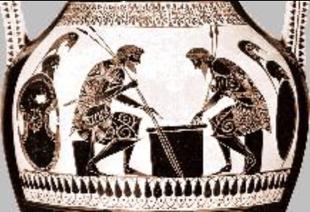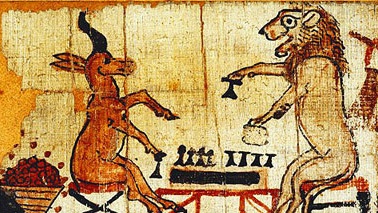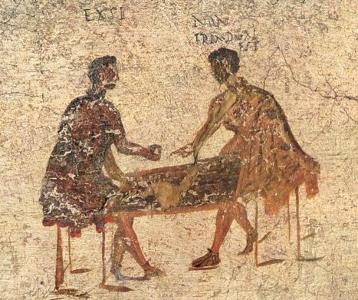Great Little-Known Board Games

Try these great little-known board games...
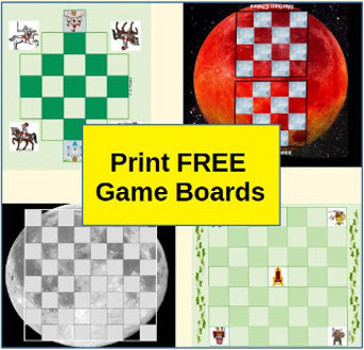
Click above
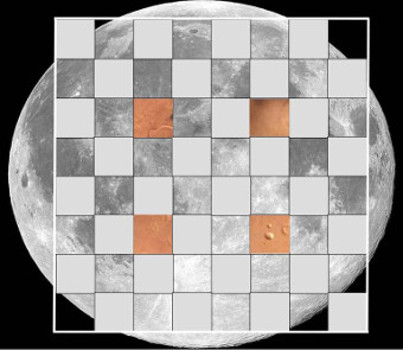
Quickly becoming popular

Easy rules for kids, fun new game
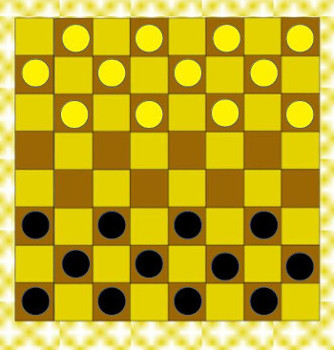
Funnest of the checkers variants
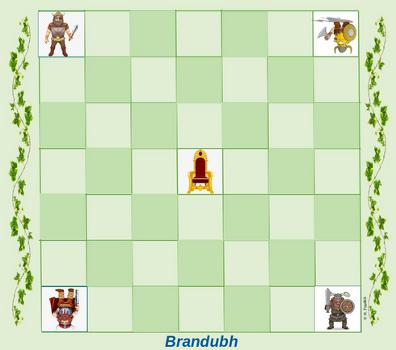
Unequal forces make it interesting!
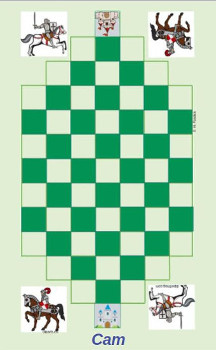
Chess-like -- but with unique rules

Once as important as Chess!
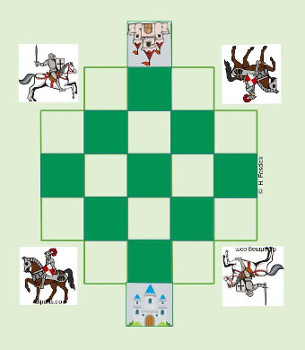
Like Camelot but simpler

A fun little strategic game
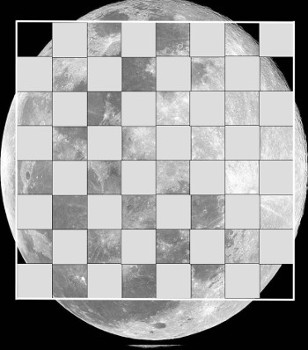
Simple rules for everyone's favourite
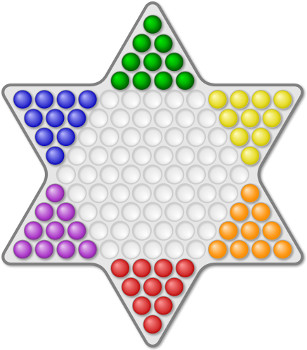
The popular family game
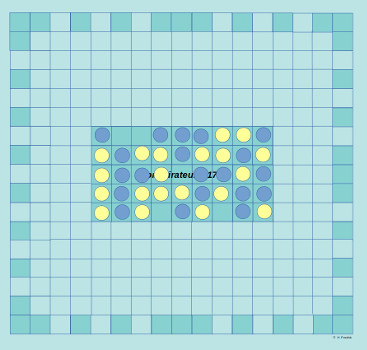
A game from the French Revolution
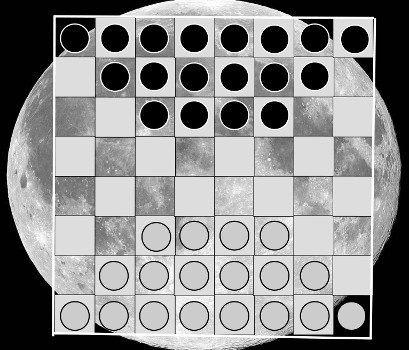
The most elegant checkers variant
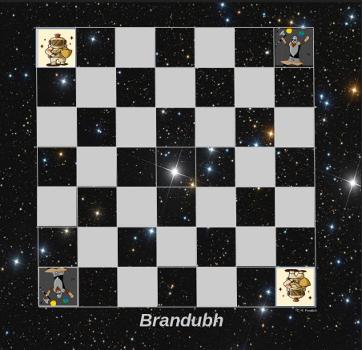
Vikings attack in space!

Chinese Checkers on a square board
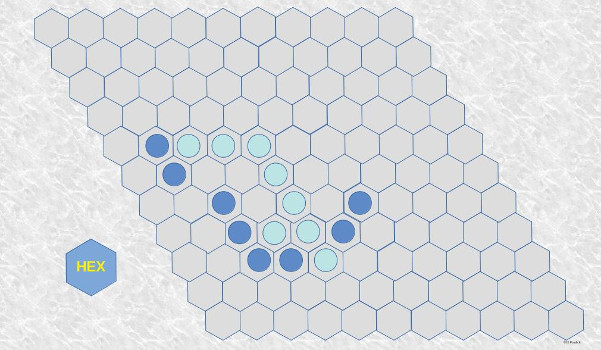
Simple rules but requires strategizing
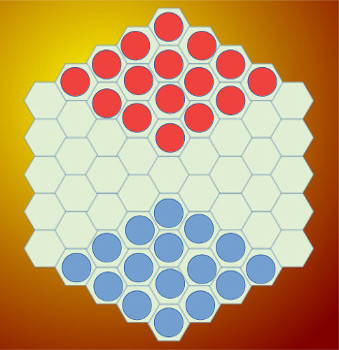
Weird... Checkers on hexagons

Can your animals capture the enemy's den?
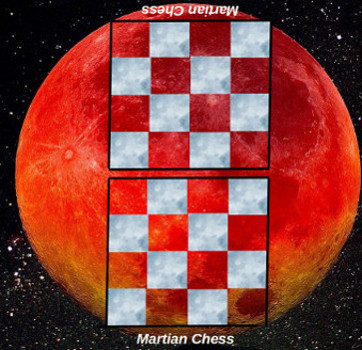
Wildly different! (Rules courtesy of Looney Labs)

Like checkers in the round with unequal forces
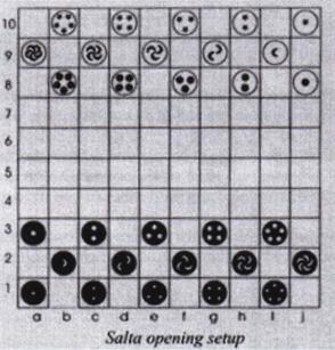
Fad of the early 1900s, still challenging today
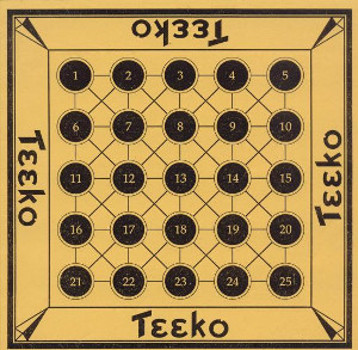
Popular in the 50s and 60s

Chinese Checkers on a Checkers board

Like Hex but the board changes everything
Board Game Descriptions
By Howard Fosdick © BestFreeNewGames.com
Here are the most engaging board games you'll find anywhere. They're carefully selected from the myriad we've played over the decades.
The goal is to bring some little-known but worthy games to your attention.
You can print free game boards for every game here. So you can play the games for free without buying anything. It's fun to create your own games! Visit our page for printing game boards and advice on where to get the game pieces.
All games are for two players except for Chinese Checkers, Halma, and Conspirators.
This new game by Omar Syed has garnered a lot of attention, and for good reason. Rules are simple and straighforward and there aren't too many of them. And the game operates on different principles than other strategic board games.
You play Arimaa on a standard 8 by 8 chess board (though it helps to have the four trap squares near the center of the board marked). We provide several free game boards you can print here, and you can use chess pieces for the Arimaa pieces. (Ultimately, though, we urge you to buy the game if you like it, as it's important to reward and encourage those who invent intriguing new games like this one.)
Instead of chessmen, each player has an array of animals at his command. The goal in the game is simply to move one of your rabbits from your side of the board to the ultimate rank opposite. Or, you can eliminate all enemy rabbits. Your choice... but it's an engaging, challenging journey to get there.
Barca is a new strategy game for two invented by Andrew Caldwell. Its rules are very simple. They're modeled on the "rock-paper-scissors" principle you remember from your childhood.
Each player gets six animals: two mice, two lions, and two elephants. Your goal is to move your animals to occupy three of the four "watering hole" squares on the board.
What makes it interesting is that mice are scared of lions, lions are scared of elephants, and elephants are scared of mice -- a circular relationship, just like "rock-paper-scissors". Animals can chase away the animals that fear them.
The simplicity of this game makes it a natural for children. But beware if you're an adult and don't take its challenge seriously!
Brandubh is an ancient game of the Vikings. Several boards have been found in the British Isles dating to the 10th century. The Táin Bó Cúailnge, a legendary tale from early Irish literature, mentions the game several times.
Brandubh is one of several tafl games the Vikings played. These games were played on square boards similar to checkers or chess. Boards measure anywhere from 7 by 7 squares up to 11 by 11 or even larger.
The defining characteristic of tafl games is that the sides are unequal. Typically, a smaller group of defenders is positioned in the center of the board, while more numerous attackers start from the board's edges. The defenders must prevent their King's capture, while the attackers must prevent the King from escaping.
Given the antiquity of tafl games, archaeologists have been at great pains to reconstruct their precise rules. Brandubh is particularly associated with Ireland, where several game boards have been unearthed. It is probably the best understood of these Irish tafl games. Certainly it is the most playable, and hence we present it here.
We also offer Fitchneal, a tafl game very closely related to Brandubh and played on the same 7 by 7 board. Rules are very nearly the same, but the number of pieces and their placement vary. It's fun to compare the two games and see which you like best.
If you're interested in learning more about tafl games, read our introduction to tafl games.
George S. Parker founded Parker Brothers, the well-known games company, when he was still a teenager in the 1880s. Parker invented the company's early games himself.
Among his many creations was a game he called Chivalry. Chivalry employed the knights and pawns of chess on a chess-like board. By the late 1880s, Parker evolved Chivalry into a commercially-successful game he renamed Camelot.
Camelot was quite popular from the 1920s to the 1960s, and reached its apogee in the 1930s. At that time, chess champions like José Raúl Capablanca and Frank Marshall took the game very seriously, as did famous bridge experts like Sidney Lenz and Milton Work. John F. Kennedy played the game as a boy.
In the 1930s, it appeared Camelot would challenge chess in worldwide play and popularity. But the game never caught on outside the United States. By the 1960s, Parker Brothers stopped manufacturing it.
Camelot's popularity produced many offshoots. We present the two best here, Camette and Cam. These have the same rules as Camelot, so if you know how to play one, you can play them all. You'll like having the option of playing whichever matches your mood and the playing time you have available.
The game called Castle or "Czech Castle" appears in a Czech board game book dating from the 1980s. It's a fun little strategic challenge, and the rules are so simple you can summarise them in a couple sentences.
All men move like chess Rooks. Your goal is to position one man on the square representing the enemy's castle. It's harder to win than it might at first appear, as the defense can leverage walls to advantage.
I like Castle because the board is uncluttered, as opposed those games where your "armies" are so large you have difficulty moving and coordinating them. This game lets you strategize with fewer pieces. Every piece counts.
I highly recommend this engaging but almost unknown game.
Checkers,
Bashni,
Lasca,
Dameo,
Hexdame, and
Ugolki:
There must be hundreds of games you can play on a checkers board. Here are the absolute best.
Checkers dates to ancient times. Sometime in the middle ages it evolved into its modern form, and with the addition of forced jumps in 1535, today's game was born.
Here are simple rules for this classic, as well as a variety of free downloadable boards you can print.
Some checkers variants are specific to particular cultures or regions. Others were invented or naturally envolved from the parent game. We especially like Bashni and Dameo.
Bashni -- or "column checkers" -- is a Russian game that dates from the late 19th century. It's always been popular there and it's a wonder so few people know it outside that country. Calling it a "checkers variant" is somewhat of a misnomer. Although the board and setup is the same as in standard American checkers, it's really it's own distinctive game with its own unique playing sensibility.
Lasca applies Bashni's column capture concept to standard American Checkers. It was invented by Chess Champion Emanuel Lasker and enjoyed some popularity in the 1920s.
Dameo introduces several new rules to become an entirely original game. You can play it on a standard Checkers board but the game does require 18 pieces per player (just combine the pieces from two checkers sets to play). Definitely worth exploring!
Hexdame is checkers played on a hexagonal board. Simple enough... but the six-sided "squares" give the game an entirely different feel. This is another great game invented by Dutchman Christian Freeling.
Finally, Ugolki is just like Chinese Checkers -- played on a standard checkers board. It's an easy, fun, quick game.
Chinese Checkers,
Halma,
Ugolki,
Pyramid, and
Salta:
These games are all of the type I called Jump-Race Games. All share the same goal. You move your markers across the board from their initial positions into your opponent's starting positions. Whoever achieves this first, wins the game.
You can only move one piece a single position in your turn. What makes these games interesting is that you can accelerate movement by jumping other markers -- just as in Checkers. But jumped men aren't removed from the board; jumping is merely a technique to race your men into winning position more quickly. The challenge is to develop long jumping sequences for your own men, while thwarting your opponent's attempts to do the same.
Almost everyone is familiar with Chinese Checkers. The game first became popular in the 1930s and still retains its dominance today. It's a classic that any number from two to six can play.
The parent game of Chinese Checkers was Halma. Halma was invented in the U.S. in the 1880s. Though largely supplanted by Chinese Checkers in its native land, Halma remains popular in some European countries. It's a fun alternative to Chinese Checkers.
Ugolki is a little-known Russian game that's perhaps two hundred years old. It follows the exact same rules as Chinese Checkers and Halma but is played on a standard 8 by 8 checkers board.
Pyramid is just another way to play Ugolki, with a slightly different initial set-up of the board and fewer men.
Finally, Salta dates from about 1900. What distinguishes this game is that each marker is uniquely identified, and each must be moved to a specific location on the board to win the game.
Salta was invented in Germany and became quite popular there and in France in the first two decades of the twentieth century. It even spread to other European countries. But World War I split its fanbase, and the game never recovered. Today it mainly lives in game dictionaries. But it's still a unique, fascinating game, which is why it's included it here.
Conspirators (or Les Conspirateurs) is said to date from the French Revolution. Each side takes turns dropping its men into positions in a central rectangle that represents the Secret Meeting House.
Their cover blown, the conspirators must scurry to safe houses arranged around the periphery of the board. In their haste to find safety, men can jump over each other, and indeed, creating "jumping chains" is the challenge of the game. It's a bit like Chinese Checkers or Halma, if you're familiar with those games.
Instead of jumping to capture enemy pieces, as in Checkers, you jump to move your conspirators to safe squares as quickly as possible. But you'll find that there is one less safe house than the total number of pieces in play. So as in the game of "musical chairs", the losing side is unable to find safety for all its rebels.
If you saw the movie A Beautiful Mind, you know that Dr. John Nash was a Nobel-prize winning mathematician who explored game theory and other arcane topics. His favourite game was Hex, on which he wrote research papers. Some called the game John, claiming it was named after John Nash. Others said that name reflected the fact that they played it on the hexagonal tiles of a Princeton University bathroom floor.
Hex is elegant. The rules require but a couple sentences, yet the tactics and strategies run deep. The goal of the game is simply to create an unbroken chain of your markers from one side of the board to another. Players alternate placing one of their markers on any open board space during their turn.
Hex is often called a Connection Game because your goal is to create a connected chain of your markers. The other best game in this family is the game of Y.
Y dates from the early 1950s. Its invention followed close upon that of Hex and its rules are the same. But playing the game on a different board fundamentally changes its nature.
In Hex your objective is to connect two opposite sides of the playing board with a string or chain of your pieces. In Y, the board is triangular. You must connect all three sides of the board with a path of your markers.
You can learn the rules to Hex and Y in a few sentences. Yet they provide hours of enjoyment. They're perfect for children and for family play.
Most Chinese and Chinese-Americans are familiar with The Jungle Game. Yet it's little known outside of China.
You'll enjoy this game because it offers strategic depth, like checkers or chess. But unlike those games, it's mapped onto a jungle theme with a board that reflects it. The jungle motif adds the interest that many abstract strategy games lack. The boring set of squares in so many games is replaced by an engaging forest with rivers, traps, and dens.
The Jungle Game provides eight different pieces or "animals" per player. Each has its own capabilities. Stronger animals can capture or "eat" weaker ones. The animals give you varied powers yet are simpler to work with than chess pieces.
Add it all up, and you have the ideal game for those who like checkers or chess but long for something different. The rules are pretty easy to learn (though the strategies can get as deep as you care to make them.)
One big downside to The Jungle Game is that most commercial versions currently available come with cheap, mono-coloured, folded paper "boards". To rectify that, we created our own, much more attractive printable game boards. They're still paper, but at least they're comely! You can glue them to cardboard backing to make them more robust.
I'm surprised that no games company has seized upon this situation to sell a quality commercial version of The Jungle Game. I've found some available overseas but nothing locally that impresses. I think it's a guaranteed winner.
In this wildly innovative strategy game, you accumulate points by capturing enemy pieces.
The similarities to board games as you know them end there. Inventor Andrew Looney has divided the playing area into two zones, and you only control pieces inside your zone. Capturing an enemy piece means moving your piece into the enemy zone, and therefore under his control.
You have to carefully consider positioning and capture of pieces so that you end up ahead. It's a Martian mind-meld, a very different way of grokking. It will keep you engaged, that's certain!
Not much is known about the origins of Ringo other than that it emerged from Germany in the late 19th or early 20th century.
At first blush the game appears to be "checkers in the round". Indeed, the pieces move and capture as in checkers.
But look a little more closely, and you'll notice that the two sides are unequal. The attacker has seven markers or soldiers, and the defender has only four. Moreover, the two players' objectives differ. The attacker has to occupy the center spot or "castle" to win, while the defender tries to prevent this.
Strategy games of unequal forces are often called tafl games. Although many today are unaware of them, they come from a long line of such games stretching back into antiquity. Most famously, the Vikings played numerous games of this sort. Nearly all have a small ring of defenders trying to stave off the assault of a much larger group of attackers on a central square or fortress.
Read a complete introduction to tafl games here.
Where tafl games and Ringo part company is in their method of capturing enemy pieces. In tafl games, you surround your enemy by placing soldiers on each side of him. Then you remove him from the board.
Ringo employs the same method of capture as checkers. Your soldier jumps over the enemy piece and lands to the other side, after which you remove the enemy from the board.
Ringo is a nice change of pace from other board games... quite different and not too deep for a quick game. Enjoy!
Teeko was invented by the great magician and games expert John Scarne. Scarne spent years developing and elaborating upon Teeko. He thought it would be his ticket to immortality. Instead, he is remembered today mainly for his books on games and magic. But Teeko's a good game.
Scarne consorted with the famous mobsters, boxers, celebrities, magicians, and presidents of the 20th century. You might like to read his fascinating biography here.
Teeko presents a simple 5 by 5 game board. In the first round, players take turns dropping their men onto the playing area. In the second round, they move their pieces, square by square, in order to obtain four-in-a-row, or four markers in a square. The first player to do that wins.
The game is innovative in that players dynamically decide upon their opening positions. They have to grab the best territory while simultaneously thwarting their adversary's positioning attempts.
While basic Teeko has simple rules, Scarne worked out rules to dozens of other games you can play, too. We include these rules on our Teeko page, the most complete on this game on the internet.
Board Games in Antiquity:


